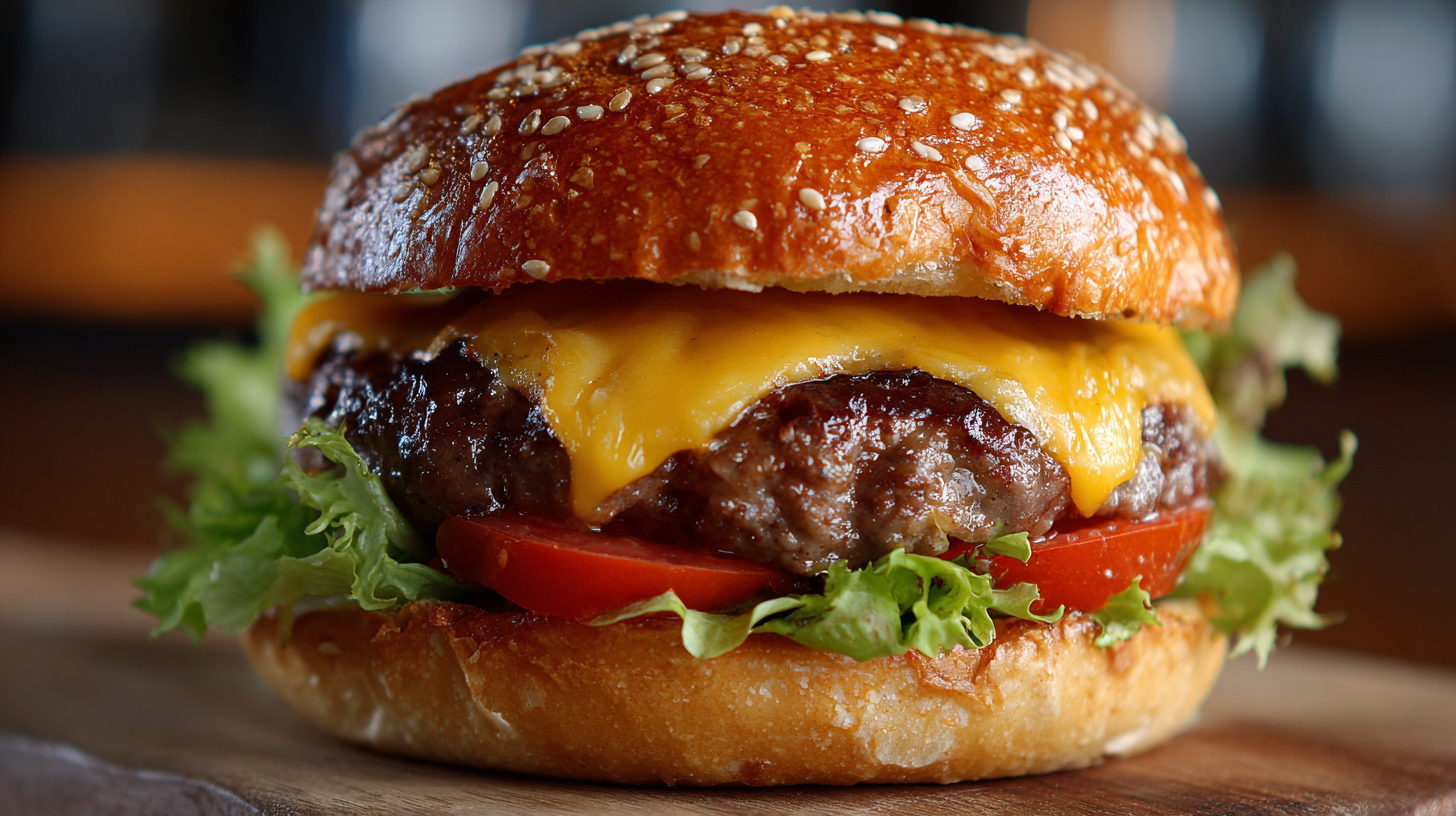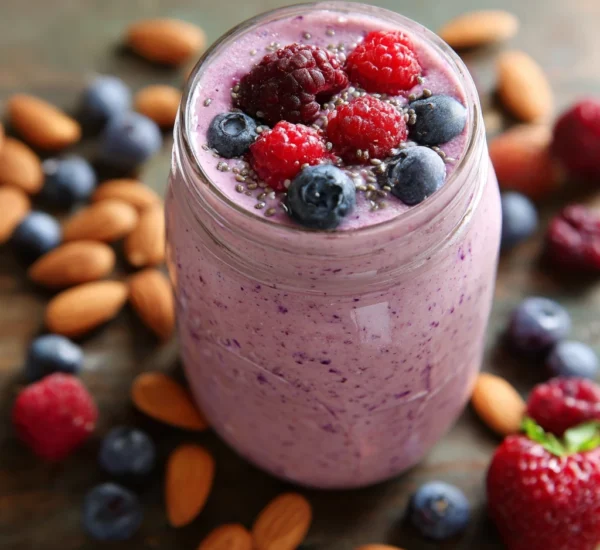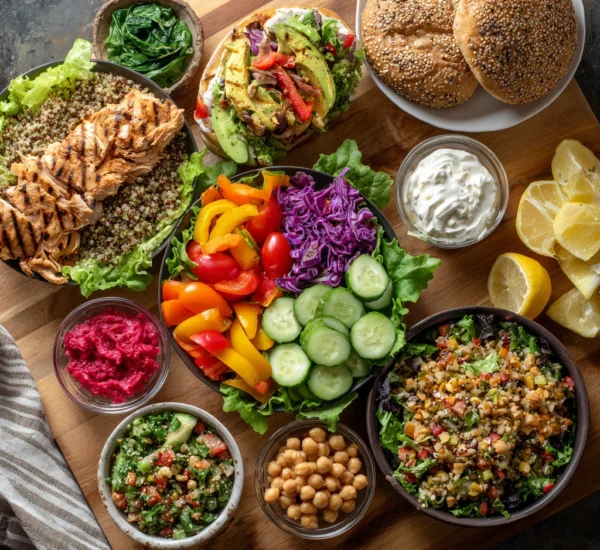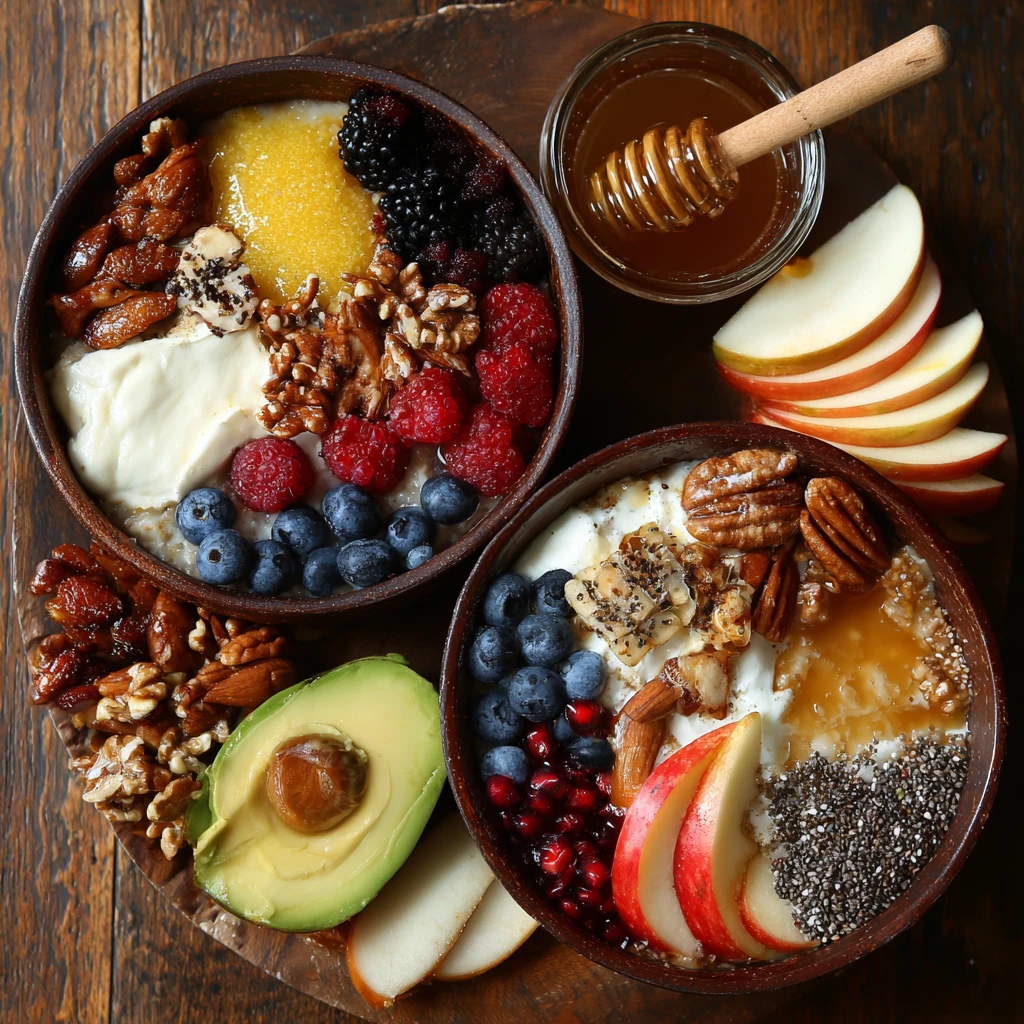The Secret to the Perfect Juicy Burger
The pursuit of the perfect burger, a culinary icon, is a quest undertaken by backyard grillers and seasoned chefs alike. While the basic concept seems simple – ground meat between two buns – achieving that juicy, flavorful, and satisfying bite is a science and an art. This guide will unlock the secrets to creating a burger that transcends the ordinary and reaches burger nirvana.

Choosing the Right Ground Beef
The foundation of any great burger is the quality of the ground beef. Don’t skimp on this crucial element! The fat content and the cut of beef used will dramatically impact the final result.
Fat is Your Friend
Fat equals flavor and juiciness. Aim for ground beef with a fat content of around 20-25%. This is often labeled as 80/20 or 75/25, meaning 80% lean beef and 20% fat, or 75% lean beef and 25% fat, respectively. Leaner ground beef will result in a drier, less flavorful burger. While health-conscious individuals might be tempted to go leaner, consider adding a bit of fat back in with ingredients like bacon bits or even a drizzle of olive oil during the cooking process.
Selecting the Cut
The specific cut of beef also matters. Chuck is a popular choice due to its good balance of flavor and fat. Ground sirloin can be used, but it’s naturally leaner, so consider adding ground chuck or brisket to increase the fat content. Brisket, with its rich, beefy flavor and ample fat, is an excellent addition to a burger blend. A blend of chuck and brisket is often considered the gold standard.
Freshness Matters
Whenever possible, opt for freshly ground beef from a reputable butcher. Pre-packaged ground beef can sometimes be days old and lose some of its flavor and moisture. Freshly ground beef also allows you to control the grind and the blend of cuts. If you are grinding your own meat, keep everything very cold; chill the meat grinder parts and the meat before grinding.
Seasoning and Preparing the Patties
Now that you’ve chosen the perfect ground beef, it’s time to season and form the patties. Resist the urge to overwork the meat!
Keep it Simple
The best burger seasonings are often the simplest. Salt and freshly ground black pepper are the cornerstones. Add them generously, but avoid over-salting. Other popular additions include garlic powder, onion powder, smoked paprika, and a pinch of cayenne pepper for a little kick. Less is more; you want the beef flavor to shine.
Gentle Handling
Overworking the ground beef will result in a tough, dense burger. Gently mix the seasoning into the ground beef until just combined. Avoid kneading the meat like you would bread dough.
Forming the Perfect Patty
The goal is to create a patty that’s slightly wider than your bun to account for shrinkage during cooking. Aim for patties that are about ¾ inch to 1 inch thick. Create a slight indentation in the center of each patty using your thumb. This helps prevent the burger from puffing up like a football during cooking. This indentation prevents the burger from becoming a sphere.
Keep it Cold
Keep the patties cold until you’re ready to cook them. This helps them hold their shape and prevents the fat from rendering out too quickly. Place the formed patties on a parchment-lined baking sheet and refrigerate for at least 30 minutes before grilling or pan-frying.
Cooking Methods for Juicy Burgers
The cooking method you choose will influence the final result. Grilling, pan-frying, and even smash burgers each have their advantages.
Grilling for Smoky Flavor
Grilling imparts a smoky flavor that’s hard to beat. Preheat your grill to medium-high heat. Make sure the grates are clean and lightly oiled to prevent sticking. Place the patties on the grill and cook for about 3-4 minutes per side for medium-rare, or longer for more well-done burgers. Avoid pressing down on the patties while they cook, as this will squeeze out the juices.
Pan-Frying for a Crust
Pan-frying creates a delicious crust on the burger. Use a cast-iron skillet or a heavy-bottomed pan. Heat a tablespoon of oil over medium-high heat until shimmering. Place the patties in the hot pan and cook for about 3-4 minutes per side for medium-rare. Again, resist the urge to press down on the patties.
The Smash Burger Technique
Smash burgers are all about maximizing surface area and creating a crispy, caramelized crust. Preheat a griddle or cast-iron skillet to high heat. Place a ball of ground beef (about 3-4 ounces) on the hot surface and immediately smash it down with a spatula. Cook for about 2-3 minutes per side, until a deep brown crust forms. The thin patty cooks quickly and develops intense flavor.
The Importance of Temperature
Use a meat thermometer to ensure your burgers are cooked to the desired doneness. The USDA recommends an internal temperature of 160°F (71°C) for ground beef. However, many prefer their burgers medium-rare (130-135°F or 54-57°C) or medium (140-145°F or 60-63°C). Let the burgers rest for a few minutes after cooking to allow the juices to redistribute.
Building the Perfect Burger
The toppings and the bun are just as important as the patty itself. Choose complementary flavors and textures to create a symphony of taste.
Bun Selection
The bun is the foundation upon which your burger masterpiece is built. Opt for a soft, yet sturdy bun that can hold up to the juicy patty and toppings. Brioche buns, potato rolls, and sesame seed buns are all excellent choices. Toasting the bun lightly on the inside adds texture and prevents it from becoming soggy.
Topping Combinations
The possibilities are endless when it comes to toppings. Consider classic combinations like lettuce, tomato, onion, and pickles. Experiment with different cheeses, sauces, and condiments. Caramelized onions, bacon jam, avocado, and roasted peppers can elevate your burger to the next level. Don’t be afraid to get creative!
Sauce it Up
A well-chosen sauce can tie all the flavors together. Ketchup, mustard, and mayonnaise are the classic choices. For a more adventurous burger, try a spicy sriracha mayo, a tangy barbecue sauce, or a creamy aioli. Consider the overall flavor profile of your burger when selecting a sauce.
Layering Strategy
The order in which you layer your toppings can impact the overall experience. Start with the sauce on the bottom bun, followed by lettuce, tomato, onion, the burger patty, cheese (if using), and any remaining toppings. Place the top bun on last. This ensures that the lettuce and tomato protect the bottom bun from becoming soggy.
Tips and Tricks for Burger Perfection
Beyond the basic steps, there are a few additional tips and tricks that can help you achieve burger perfection.
Don't Overcrowd the Pan or Grill
When cooking multiple burgers, avoid overcrowding the pan or grill. This will lower the temperature and prevent the burgers from browning properly. Cook the burgers in batches if necessary.
Handle with Care
Use a thin spatula to flip the burgers gently. Avoid piercing the patties with a fork, as this will release the juices.
Experiment with Flavors
Don’t be afraid to experiment with different flavors and combinations. Try adding different herbs, spices, or cheeses to your ground beef. Explore different topping combinations and sauces. The possibilities are endless!
Embrace the Mess
A truly great burger is often a little messy. Don’t be afraid to get your hands dirty! Embrace the juicy, flavorful goodness.
Let it Rest
Allowing the burger to rest for a few minutes after cooking allows the juices to redistribute, resulting in a more flavorful and juicy burger.
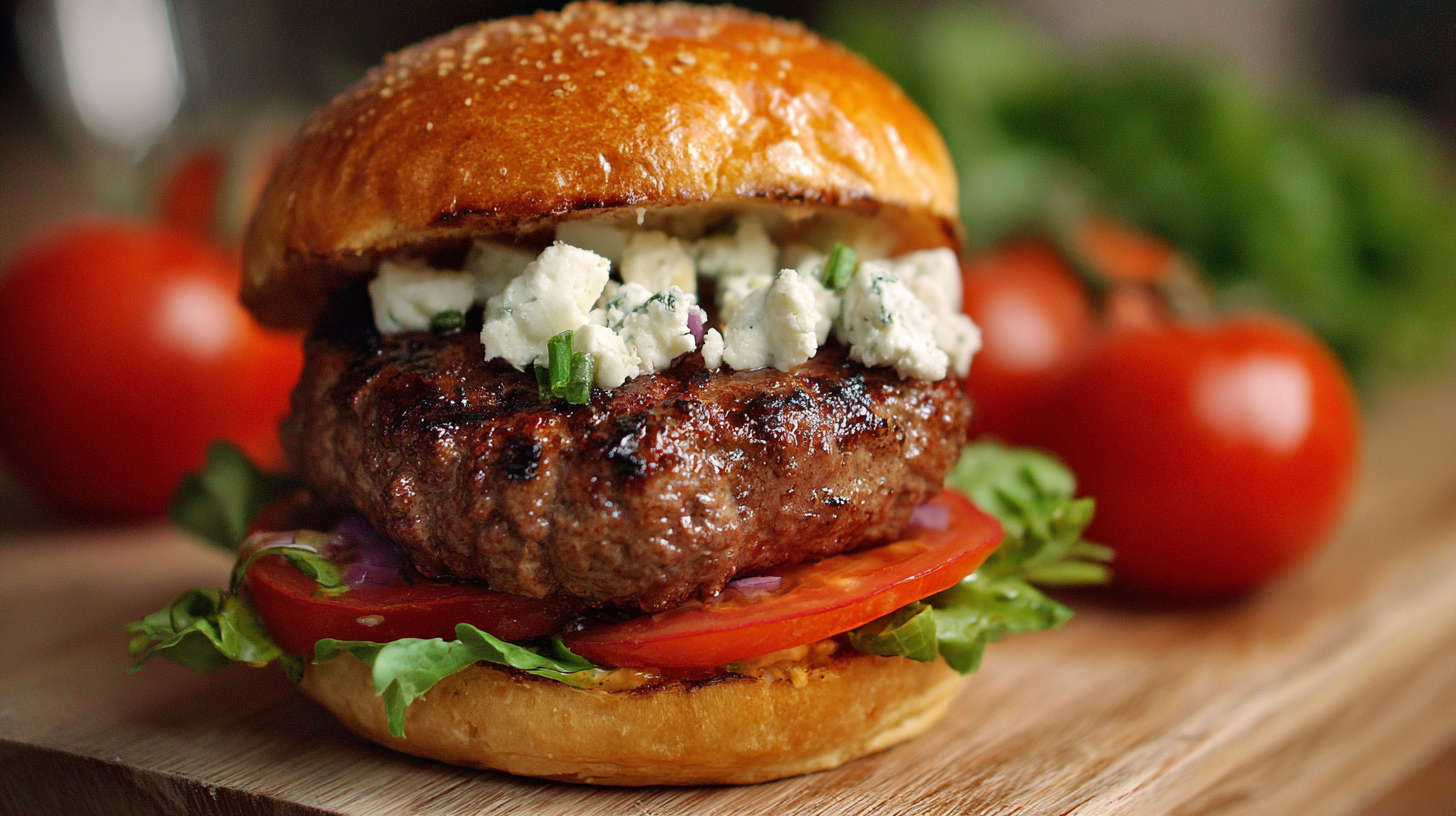
Frequently Asked Questions (FAQs)
Here are some common questions about making the perfect juicy burger:
What is the best type of ground beef for burgers?
A blend of chuck and brisket with a fat content of 20-25% is ideal.
How do I keep my burgers from shrinking?
Make a slight indentation in the center of each patty before cooking. This helps prevent the burger from puffing up and shrinking.
How do I prevent my burgers from drying out?
Don’t overcook the burgers. Use a meat thermometer to ensure they reach the desired doneness. Avoid pressing down on the patties while they cook, as this will squeeze out the juices.
What temperature should burgers be cooked to?
The USDA recommends an internal temperature of 160°F (71°C) for ground beef. However, many prefer their burgers medium-rare (130-135°F or 54-57°C) or medium (140-145°F or 60-63°C).
Can I freeze burger patties?
Yes, you can freeze burger patties. Wrap them tightly in plastic wrap and then place them in a freezer bag. They can be stored in the freezer for up to 3 months.
What are some good burger topping combinations?
Classic combinations include lettuce, tomato, onion, and pickles. Experiment with different cheeses, sauces, and condiments. Caramelized onions, bacon jam, avocado, and roasted peppers can elevate your burger to the next level.
How do I toast burger buns?
You can toast burger buns in a toaster, in a skillet, or on the grill. Toast them lightly on the inside to add texture and prevent them from becoming soggy.
Is it better to grill or pan-fry burgers?
Both grilling and pan-frying are great options. Grilling imparts a smoky flavor, while pan-frying creates a delicious crust.
How do I make a smash burger?
Place a ball of ground beef on a hot griddle or cast-iron skillet and immediately smash it down with a spatula. Cook for about 2-3 minutes per side, until a deep brown crust forms.
What's the best way to season burger patties?
Keep it simple with salt and freshly ground black pepper. Other popular additions include garlic powder, onion powder, smoked paprika, and a pinch of cayenne pepper.
